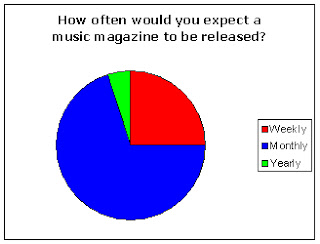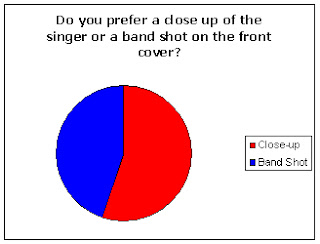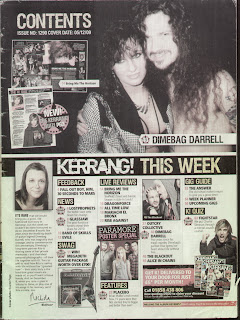Being as I was ill for a large proportion of this week, my initial sketches did not get completed, however, I was able to come up with a list of what I wanted on my double-page spread. This list told me what my double-page spread should look like and the design it would have. Here is that list:
- Big main image in the middle of Holly as Jessie J with swallow tattoos showing.
- Two columns of texts either side of the main image.
- Huge caption in the top left with a slightly transparent black rectangle behind it to make the caption more readable.
- Blue big text for the questions being asked.
- White smaller text for the answers being given.
- Pose of Holly looking away from the camera with a cigarette in her right hand.
- Page number in white writing with black background box as on the contents page.
- Background colour of columns will be light purple.






















